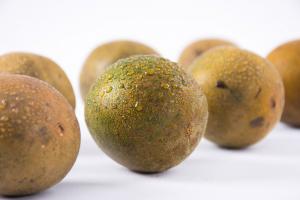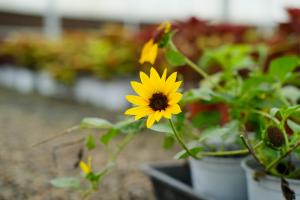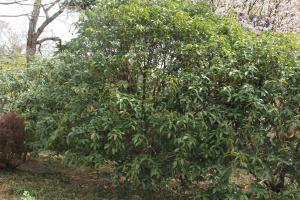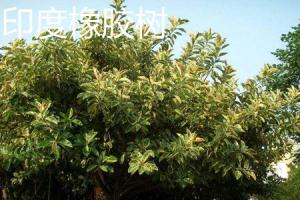Bone residue
It is rich in nitrogen and phosphorus
How to use
1. Soak the leftover pig bones, cattle bones, fish bones, chicken bones, etc. in clean water for 1 to 2 days, and rinse them repeatedly to remove the salt contained in them

2. Put the cleaned bones into a pressure cooker and cook for 20 ~ 30 minutes to remove the fat

3. Put the cooked bones to dry in the sun, and then smash them with a hammer. Pay attention to safety when smashing them. If you still have spare force, you can grind the bone fragments into powder, and the effect is better

4. Function and use method:
Bone residue is a good delayed effect phosphate fertilizer. It can be mixed into the culture soil as base fertilizer or sprinkled on the surface of the basin soil as topdressing

5. Available plants:
It can be used as camellia, azalea, plum blossom, Chimonanthus, wisteria, brandy, jasmine, Zhulan, YINGSHANHONG, Milan, triangle plum and other species with large amount of flowers~

Sawdust
Loose and breathable
How to use
1 sawdust can be used to raise orchids, but the sawdust used to raise orchids should be freshly sawn, clean and contaminated. Local mountain mud, rotten leaf soil, etc. can be used as soil. The two planting materials should be exposed to the sun for 1 ~ 2 days or sterilized with steam before use. After that, you can mix the two evenly, or you can put them into the flowerpot layer by layer

2. Sawdust can also be used when changing pots of flowers and plants. Use sawdust mixed with 1 / 3 fine coal slag, and then properly mixed with dry manure (the flower fertilizer bought in the florist is better), which can be used as nutrient soil for potted flowers. The damaged roots of seedlings can be recovered quickly when changing pots. The roots are easy to absorb the nutrients in sawdust, and the flowers and trees can flourish rapidly after changing pots

3. After fermentation, sawdust can be used as fertilizer. The faster way is to add urea to sawdust, drench and stir evenly, ferment into black in two to three days, and then bask in the sun for one day! Of course, this is in summer. If the temperature is relatively low in other seasons, there may be more time

4. It can be used as the binding substrate for the high branches and strips of azalea, kumquat, camellia, osmanthus and other flowers and trees: in the plum rain season, select the vigorous last year's branches, peel them in a ring 10 ∼ 15 cm away from the top, then wrap them in plastic bags, fill them with wet sawdust and mountain mud (each half mixed), tie them tightly at both ends, and then place the potted flowers in half shade and half sun for daily maintenance and management. Take root in 2 ∼ 3 months. After taking root, cut off the mother plant to form a new flower seedling

Melon seed shell (peanut shell)
Loose and breathable
How to use
1. Smash the melon seed shell, peanut shell or other dried fruit shells with a hammer and put them at the bottom of the flowerpot, which can be used as base fertilizer. (pay attention to the original flavor ~)

2. You can also crush these dried fruit shells, put them into containers, add water, expose them to the sun and let them ferment. The fermentation can be completed in about 3 months, and the winter time will be a little longer

(Note: the pictures come from the Internet and the copyright belongs to the original author. Due to restrictions, some pictures cannot be found and the author has not been marked. If your rights and interests are infringed, please contact Huahua wechat qdxixi or qq1273160598 for deletion or copyright payment.)< span>

 how many times do yo...
how many times do yo... how many planted tre...
how many planted tre... how many pine trees ...
how many pine trees ... how many pecan trees...
how many pecan trees... how many plants comp...
how many plants comp... how many plants can ...
how many plants can ... how many plants and ...
how many plants and ... how many pepper plan...
how many pepper plan...































